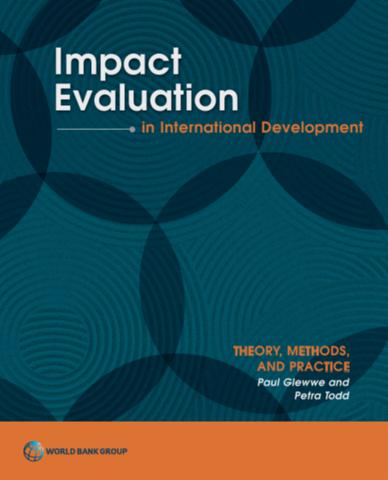Petra Todd
Paul Glewwe
2022
Impact evaluations are studies that attempt to measure the causal impact of a project, program, or policy on one or more outcomes. This book provides a comprehensive exposition of how to conduct impact evaluations. Part I provides an overview of impact evaluations and comprises five chapters which are accessible to readers who have few or none of the technical (statistical and econometric) skills that are needed to conduct impact evaluations. Parts II and III make use of statistical and econometric methods and are at a level similar to a graduate-student course but written to make them accessible to the ambitious reader whose skills are not at that level. Part II presents, in Chapters 6-10, a comprehensive discussion of the use of randomized controlled trials (RCTs) to conduct impact evaluations, including a general discussion of the ethical issues involved in conducting impact evaluations. Part III presents the main nonexperimental methods that are used to implement impact evaluations when RCTs are not feasible or not recommended for other reasons. Chapters 11 and 12 present regression methods, including difference-in-differences estimation. Matching methods are described in Chapter 13, after which regression discontinuity methods are covered in Chapter 14. Instrumental variable methods, including the estimation of local average treatment effects (LATE), are discussed in detail in Chapter 15. Chapters 16 and 17 cover more advanced topics: quantile treatment effects and control function methods, respectively. Part IV then considers more practical issues when conducting impact evaluations, including designing questionnaires (Chapter 18), data collection methods and survey management (Chapters 19 and 20), and disseminating results to policymakers (Chapter 21). Finally, Part V addresses two topics in impact evaluation: qualitative methods for conducting impact evaluations (Chapter 22), and cost-benefit and cost-effectiveness analysis (Chapter 23).
